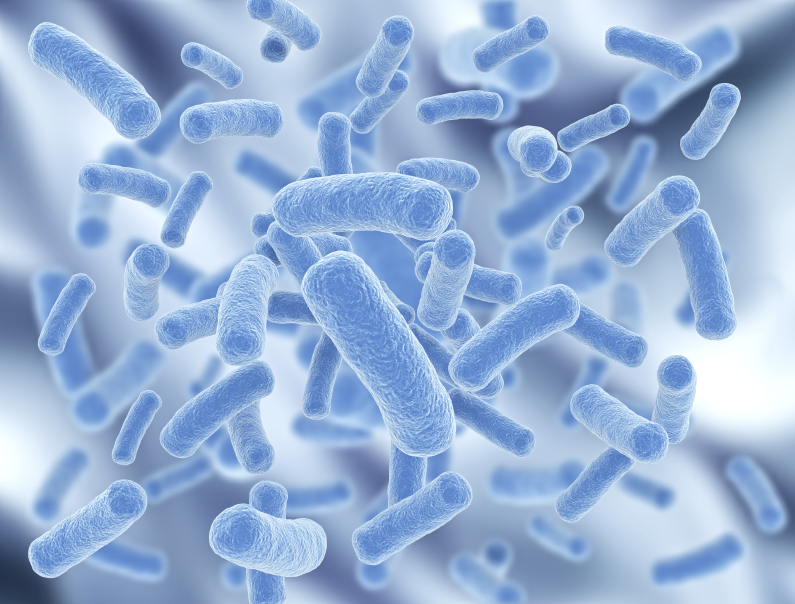Researchers are endeavoring to make the International Space Station’s washroom somewhat less active
The International Space Station resembles no other spot on Earth, and not on the grounds that it’s not entirely Earth by any means. The orbiting research facility is possessed by teams of researchers that live there for quite a long time before being changed out for new faces, and this represents an enormous challenge with regards to neatness.
It isn’t so much that astronauts are any messier than whatever is left of us, yet they’re certainly still human, and being human methods conveying an entire host of microorganisms with you consistently. Ongoing exploration has uncovered that the microbes spread by people to the ISS is really mutating, representing a potential hazard for future spacegoers, however scientists are currently trying another antimicrobial covering that could help clean things up a bit.
In a new paper distributed in Frontiers in Microbiology, scientists portray the testing of another covering made of silver and ruthenium, a platinum subordinate. Elements like silver have been appeared to kill off microorganisms with extraordinary productivity, and silver coils are utilized in an assortment of applications, such as, water cooling, to prevent the growth of bacteria.
The covering, which the specialists call AGXX, was tested on one of the all the more sickening surfaces of the International Space Station: the washroom door. Testing was then performed on the surfaces after the covering was applied for a while and the outcomes appeared to be encouraging.
“After 6 months exposure on the ISS, no bacteria were recovered from AGXX-coated surfaces,” Professor Elisabeth Grohmann, senior author of the work, said in a statement.
Testing was performed by and by somewhere in the range of 12 and 19 months and while a few bacteria had figured out how to lock on amid that all-inclusive period, there was as yet a overall decrease of 80% as far as bacteria activity. The researchers attribute this to the development of microscopic material on the surfaces that was keeping the bacteria from coming into direct contact with the surface.
“With prolonged exposure time a few bacteria escaped the antimicrobial action,” Grohmann says. “The antimicrobial test-materials are static surfaces, where dead cells, dust particles and cell debris can accumulate over time and interfere with the direct contact between the antimicrobial surface and the bacteria.”
This work is particularly essential in view of the stress space explorers suffer amid their stay on board the space station. Dramatic changes in day by day life can decrease the adequacy of human immune systems, and flying into space is a standout amongst the most stressful things a person can experience.

